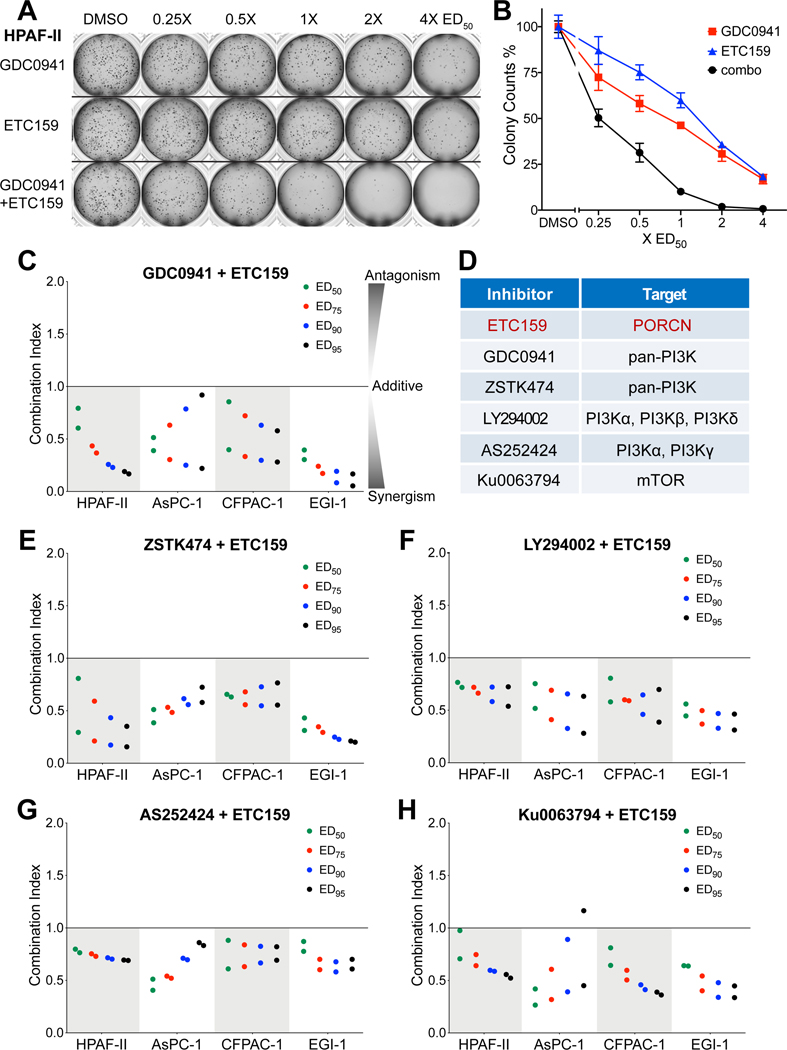Figure 3. PORCN inhibitor ETC-159 synergizes with PI3K/mTOR inhibitors in suppressing colony formation of Wnt-addicted cancer cells.
A, Pan-PI3K inhibitor GDC-0941 and PORCN inhibitor ETC-159 synergistically suppress the growth of HPAF-II colonies in soft agar. HPAF-II cells were seeded in soft agar, and treated with varying concentrations of GDC-0941 or ETC-159 alone or combination of the two inhibitors at an equivalent dose (i.e. cells in the three wells of the second column in the image were treated with 0.25xED50 of GDC-0941, 0.25xED50 of ETC-159, and 0.25xED50 of GDC-0941 + 0.25xED50 of ETC-159, respectively) for around two weeks. Representative images of the drug combination effect are shown.
B, Quantification of the colonies shown in A. Each data point represents the mean ± SD of technical duplicates in one experiment.
C, The combination indices (CI) of GDC-0941 and ETC-159 were calculated using the Chou-Talalay CompuSyn software based on the colony counts in four Wnt-addicted cancer lines tested in the soft agar colony formation assay. The CI values corresponding to the drug combination doses that lead to 50% (ED50), 75% (ED75), 90% (ED90) and 95% (ED95) colony formation inhibition in the combination treatment group are shown. The CI values from two independent experiments are shown. CI < 1, = 1, and > 1 indicate synergism, additive effect, and antagonism, respectively. The smaller the CI value, the stronger the synergism.
D, The small molecule inhibitors used in the drug combination study and their corresponding targets.
E-H, PORCN inhibitor ETC-159 in combination with multiple PI3K/mTOR inhibitors synergistically suppresses the colony formation of four Wnt-addicted cancer lines in soft agar. The CI values of ETC-159 and indicated PI3K/mTOR inhibitors in the four cell lines tested in soft agar colony formation assay are shown. The CI values from two independent experiments are shown.

